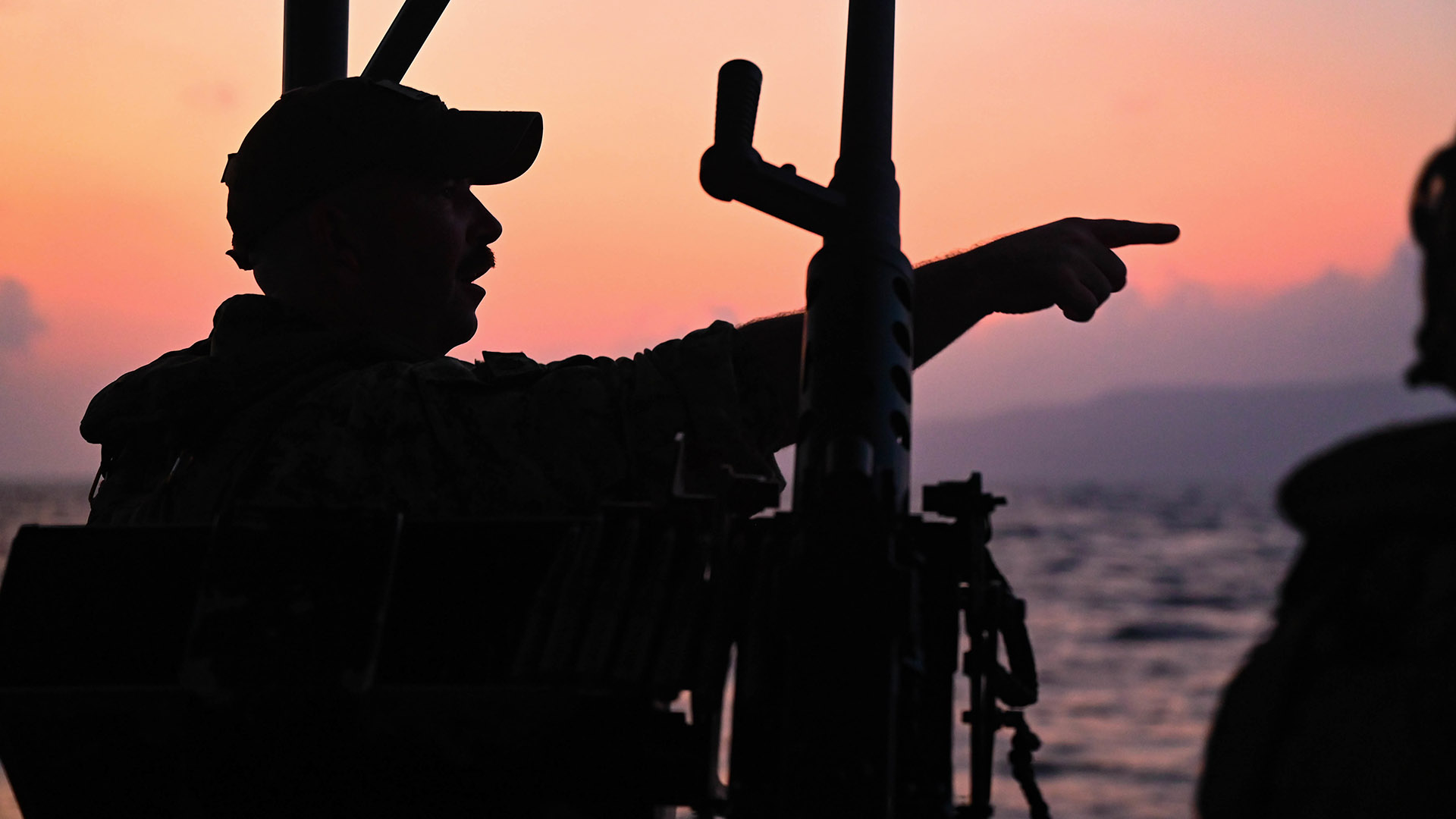

Once again, the Navy demonstrated in 2023 that it will not hesitate to fire commanding officers when it feels they have not lived up to the service’s standards.
In 2023, the Navy relieved a total of 16 commanding officers of command: 14 were fired “due to a loss of confidence” in their ability to command, and two were relieved for medical issues unrelated to their performance, according to the Navy, which did not release the two officers’ names due to privacy concerns.
Of the 14 commanding officers who were fired: Eight were in charge of ships, five were in shore billets, and one led a squadron of Navy E/A-18G Growlers.
In addition to those commanding officers, the destroyer USS John Finn’s executive officer was also relieved of his position last year.
That may sound like an awful lot of senior leaders getting sacked in just one year, but it’s par for the course for the Navy, which holds commanding officers rigidly accountable for their performance as well as the conduct of the sailors and Marines whom they lead.
“Navy commanding officers are held to high standards of personal and professional conduct,” a Navy spokesperson told Task & Purpose. “They are expected to uphold the highest standards of responsibility, reliability, and leadership, and the Navy holds them accountable when they fall short of those standards. Adherence to our Navy core values of honor, courage, and commitment by our Sailors and Marines is central to the Department of the Navy’s ability to meet its global mission.”
Subscribe to Task & Purpose today. Get the latest military news and culture in your inbox daily.
The following commanding officers were fired in 2023:
- Cmdr. Alexa Jenkins
- Capt. Michael D. Nordeen
- Cmdr. Jared Samuelson
- Cmdr. Angela Gonzales
- Cmdr. Jeffrey Applebaugh
- Cmdr.Ronald Kolpak
- Cmdr. Kenji Igawa
- Capt. Paul Choate
- Cmdr. Michael Lyle
- Capt. Danielle DeFant
- Cmdr. Steven J. Green
- Capt. James Harney
- Cmdr. Adam K. Pendleton
- Cmdr. William Coulter
For the most part, the Navy does not publicly release the exact reason why commanding officers are fired, preferring just to say they were relieved due to a “loss of confidence” in their ability to command.
One rare exception was when the Navy announced in November 2022 that Cmdr. Cassidi Reese, commanding officer of Air Test and Evaluation Squadron 31, had been relieved after being arrested for drunken driving.
At least one other skipper, Capt. Geoffry Patterson, was relieved soon after being arrested for DUI, but the Navy did not note that arrest in the official release on Patterson..
According to a retired Navy captain, the service generally fires commanding officers for three reasons: Bad personal judgment, violation of a law, or poor professional performance, Navy Capt. Brent Sadler, the senior fellow for naval warfare and advanced technology at the Heritage Foundation, told Task & Purpose.
But in at least one case, a Navy officer lost his job pending an investigation, and was later cleared of the most serious allegations against him. Retired Rear Adm. Jeffrey Harley, former president of the Naval War College, said that accusations that he offered free hugs and played Twister in his office stemmed from a misunderstanding of his sense of humor.
“Bottom line, these officers should be made aware of whistleblower options and encouraged to tell their stories if their firing is for questionable reasons,” Sadler told Task & Purpose. “I suspect there are more Admiral Harley experiences out there, but that officers are too ashamed or unable to afford legal counsel to fight their case.”
By Navy standards, 2023 was average in terms of the number of commanders relieved, said retired Navy Capt. Jerry Hendrix, a strategist and senior fellow with the Sagamore Institute a think tank based in Indianapolis.
Hendrix said that there have been some years in which the Navy has received more than 20 commanding officers.
“The term ‘loss of confidence’ has real meaning in the Navy,” Hendrix told Task & Purpose, adding that the question remains why the other services do not relieve as many commanding officers as the Navy does.
“Is it because their COs [commanding officers] at the O-5 and O-6 level are just clean as fresh snow or do they operate under a different ethical and operational standard?” Hendrix said. “I don’t know the answer to be honest, but I have always been comfortable with our current standards.”
Still, there is one famous example of a Navy officer whose career survived a serious mistake. In 1908, then-Ensign Chester Nimitz commanded the destroyer USS Decatur when it ran aground.
Although he was found guilty at court-martial of neglect of duty and issued a letter of reprimand, Nimitz went on to become an admiral, and he led the Pacific Fleet during World War II. From 1945 to 1947, he served as chief of naval operations.
Times have changed since then, said Hendrix, who added that it is extremely unlikely that an ensign would command any type of vessel these days.
“To be clear, operating a $2 billion, 9500-ton destroyer as a commander is a lot different than operating a 1,400-ton destroyer as a junior officer à la Chester Nimitz,” Hendrix said.
The latest on Task & Purpose
- Navy will name a new ship for the ‘human tugboat,’ a forgotten WWII hero
- Soldiers now must pay out of pocket to store cars and belongings while deployed
- Inside a new technology for Marine marksmanship training
- Apple TV+ releases the opening title sequence for Masters of the Air
- Meet the skateboarding Green Beret shredding the civilian-military gap
